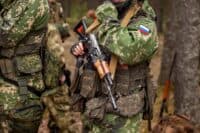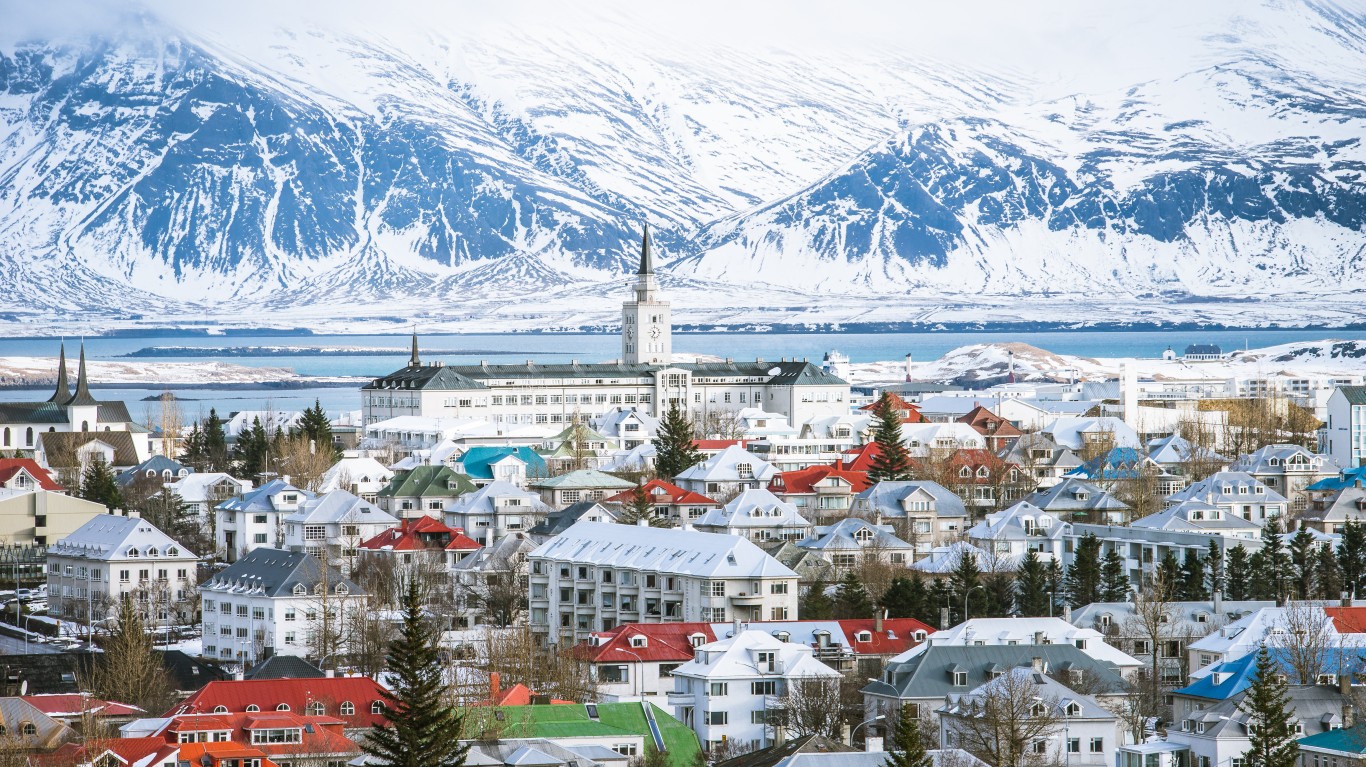
The world has become significantly less peaceful in the last decade. There are 56 ongoing conflicts worldwide involving 92 nations to varying degrees. According to the latest available data, more people have perished in combat in the last year than at any time since the end of World War Two. However, this global trend is not universal and some states remain committed to peace and stability. Even countries with extremely troubled and warlike pasts have become some of the world’s most peaceful nations today.
The Global Peace Index (GPI) is an annual study that measures and ranks the world’s nations according to their peacefulness. The rankings are based on safety and security, ongoing conflicts, and militarism. While the latter two points are rising in the wrong direction, militarism is actually on the decline because armies are getting smaller. This article will examine the highest-ranking nations and provide historical context and political analysis.
Why This Matters
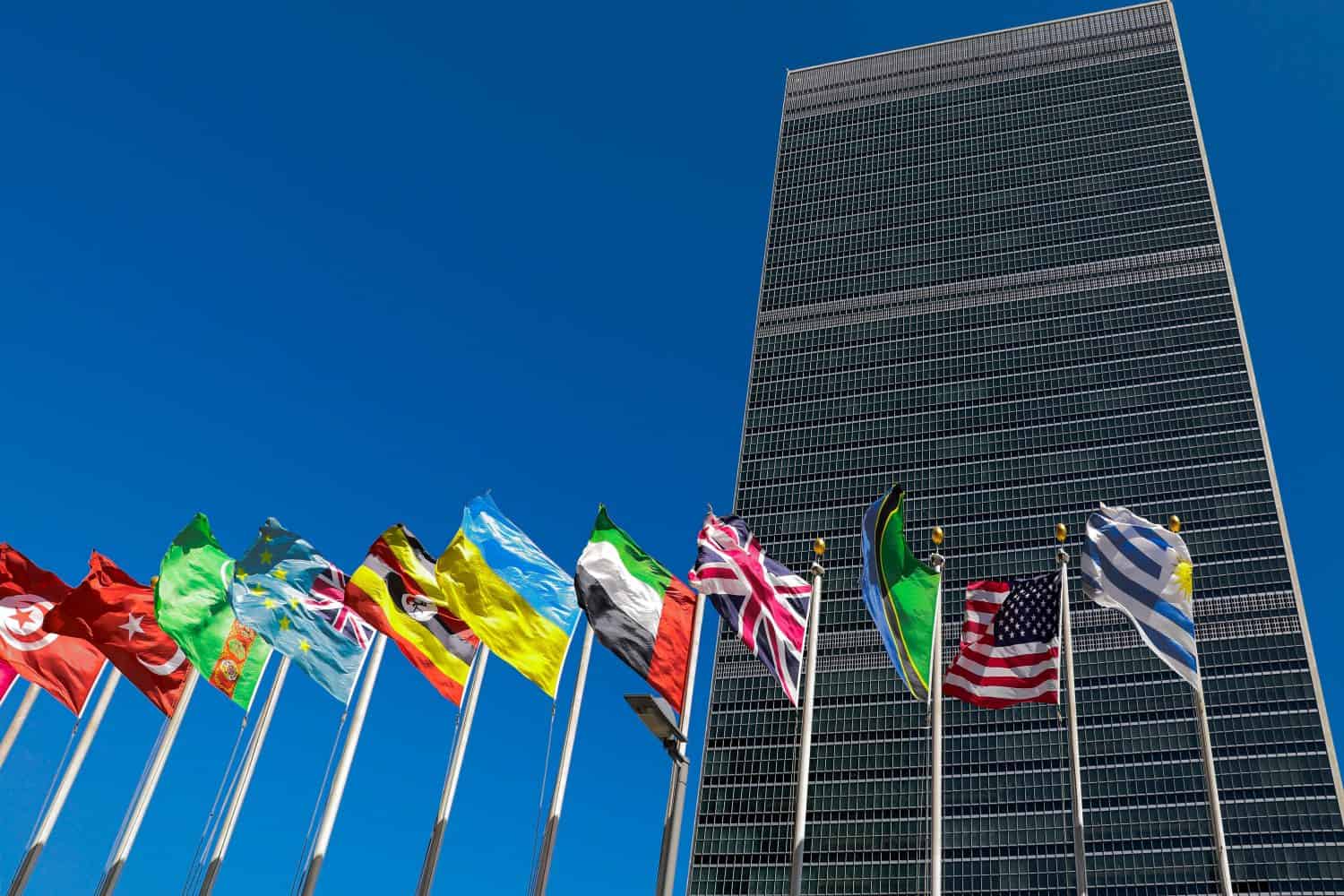
Even the most bellicose nations on the planet are hardly likely to express a desire to wage war. The countries embroiled in active conflicts go to great lengths to proclaim their intentions are defensive in nature and wholly justified. Peace is a laudable and near-universal goal of the world’s nations but it’s also incredibly difficult to obtain. By looking at the historical and political context behind the top-ranking peaceful nations, a clearer picture of achieving lasting, sustainable peace emerges. While the current trends are very much in the wrong direction, history will show that tension ebbs and flows as the balance of power shifts. American military hegemony is not as assured as it was so geopolitical contests intensify as the world adjusts.
15 – Croatia
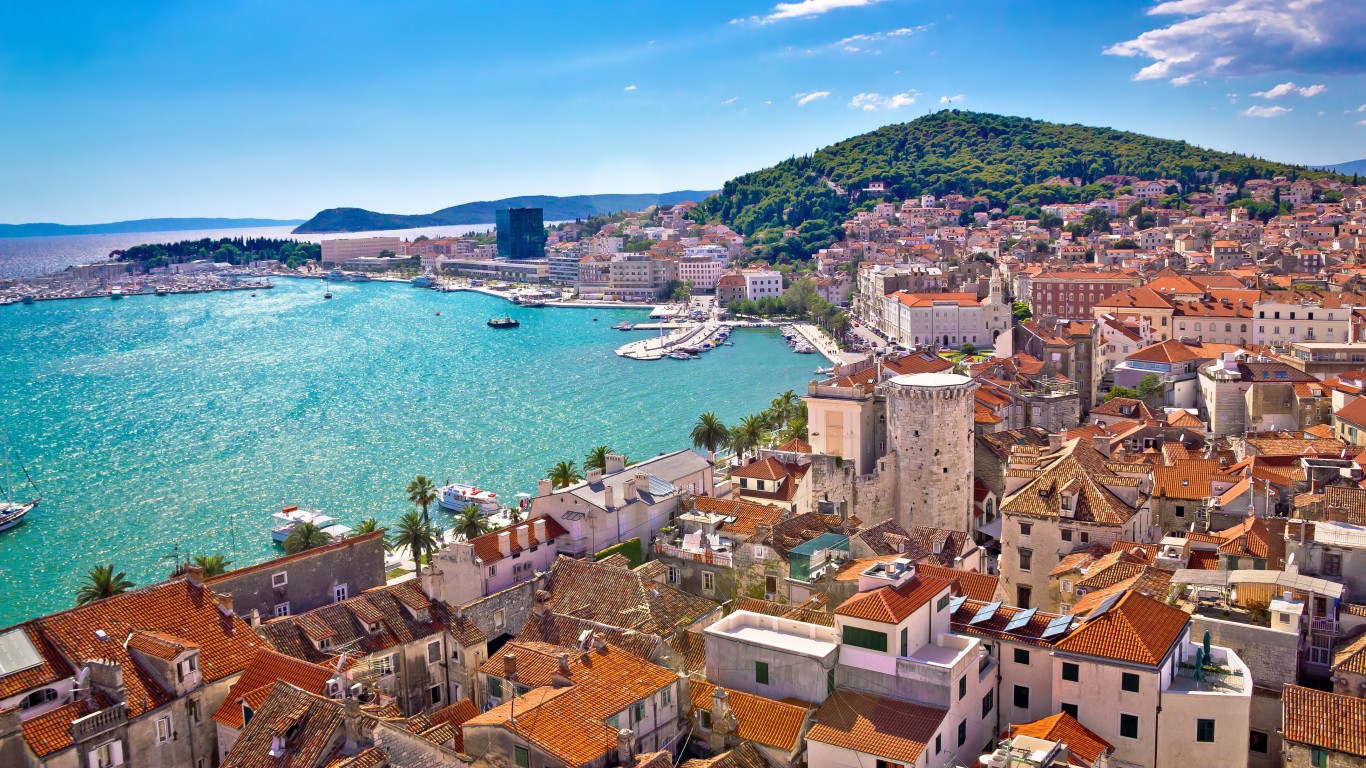
Croatia fought the longest of the Yugoslav Wars from 1991-95 to successfully gain its independence. After the war, Croatia rebuilt and sought to join the European Union and NATO. Initially, Croatia’s candidacy was held up by a border dispute with Slovenia but Croatia was ultimately admitted into NATO in 2009 and the EU in 2013.
After the turmoil of the 1990s, Croatia enjoys economic and political stability and good relations with most of its neighbors. Military spending is just under the 2% of GDP target for NATO members.
14 – Hungary
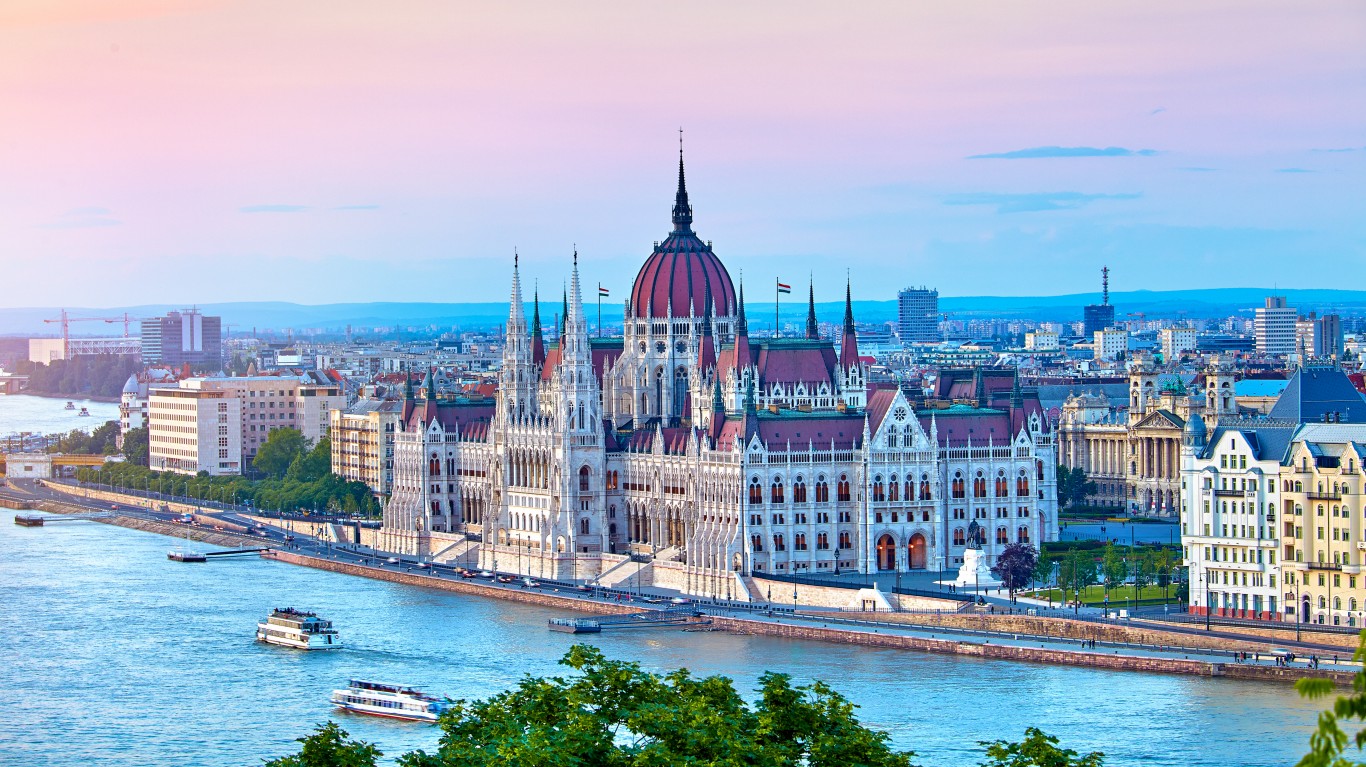
Hungary was on the losing side of both World Wars, though Budapest’s involvement in the latter conflict was under some duress. The distraught leader of Hungary took his own life when his nation was dragged into the war in 1941. After the Axis defeat, Hungary fell under Soviet dominion until 1989.
Like Czechia, Hungary joined the European Union and NATO in the 1990s. However, in more recent years, Hungary has seemingly drifted away from the West. Hungary’s far-right leader Viktor Orban is one of the few European nations with good relations with Moscow. Budapest doesn’t support sanctions and has frequently held up financial and military aid packages to Kyiv. To the irritation of other EU and NATO members, Orban met Putin in July 2024 and has called for an immediate ceasefire.
Hungary’s obstinance might be irritating to other members of the international community, but the country’s refrain from deploying its troops outside of NATO’s borders contributes to its high position on the GPI. Hungary rose four places in this year’s ranking.
13 – Finland
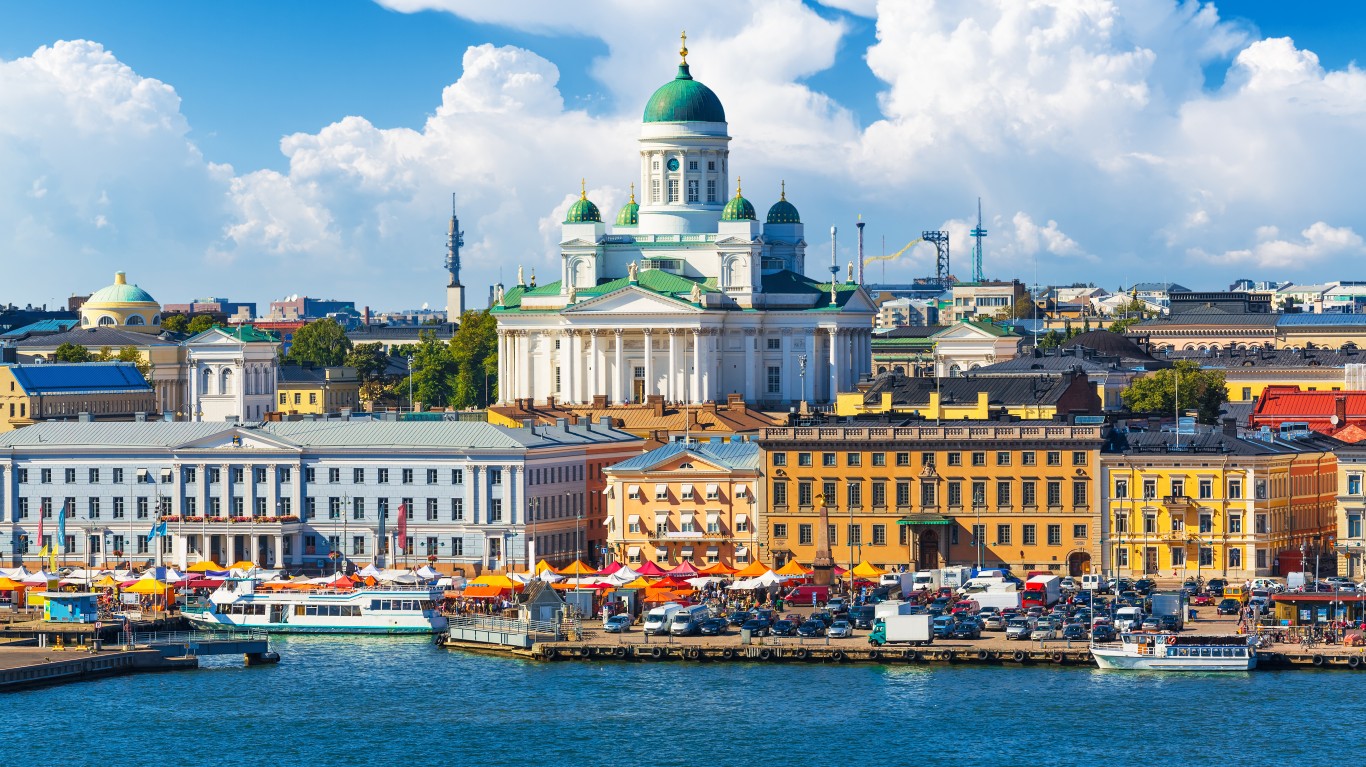
Finland fought two brutal conflicts with the Soviet Union during World War Two. After signing an armistice in 1944, Finland avoided any further conflict with its stronger neighbor by pursuing neutrality during the Cold War. After the Soviet Union collapsed, Finland joined the European Union in 1995 but still eschewed joining any formal military alliances.
That position changed abruptly in 2022 when Russia invaded Ukraine and Finland sought NATO membership as a guarantee against any future aggression. Finland has ramped up its military spending since joining the alliance and meets the 2% obligation. Despite this, Finland still ranks highly on the GPI thanks to political stability, low violent crime, and limited involvement in ongoing conflicts.
12 – Czechia
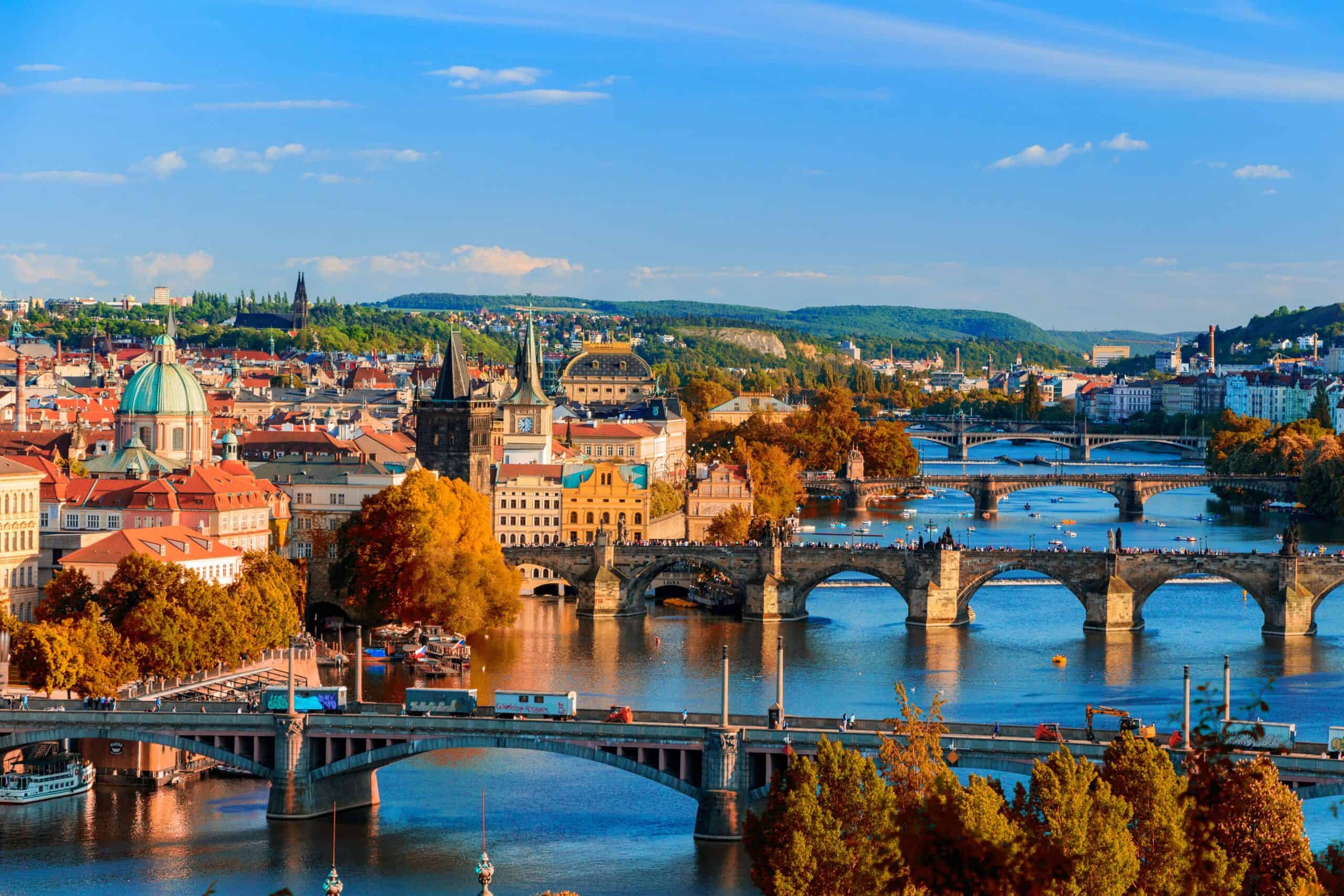
Czechoslovakia was formed in 1918 after the collapse of Austria-Hungary. The political union between what is now Czechia and Slovakia was never a particularly happy one. After the country was sold out by the British in 1938, Czechoslovakia found itself on the wrong side of the Iron Curtain in 1945. The Soviet Union invaded in 1968 to crack down on a reform movement in Prague. 30 years later, the Velvet Revolution succeeded where the Prague Spring had failed. A largely non-violent movement brought about the collapse of the Communist Party.
After the Velvet Revolution came the bloodless Velvet Divorce as Czechia and Slovakia amicably split into two nations. Czechia joined NATO in 1999 and the European Union in 2004. Its high position on the Global Peace Index comes from good relations with neighboring countries, political stability, and lack of violent crime. However, Czechia is a leading arms manufacturer and exporter. Czech weapons are being used extensively in Ukraine.
11 – Canada
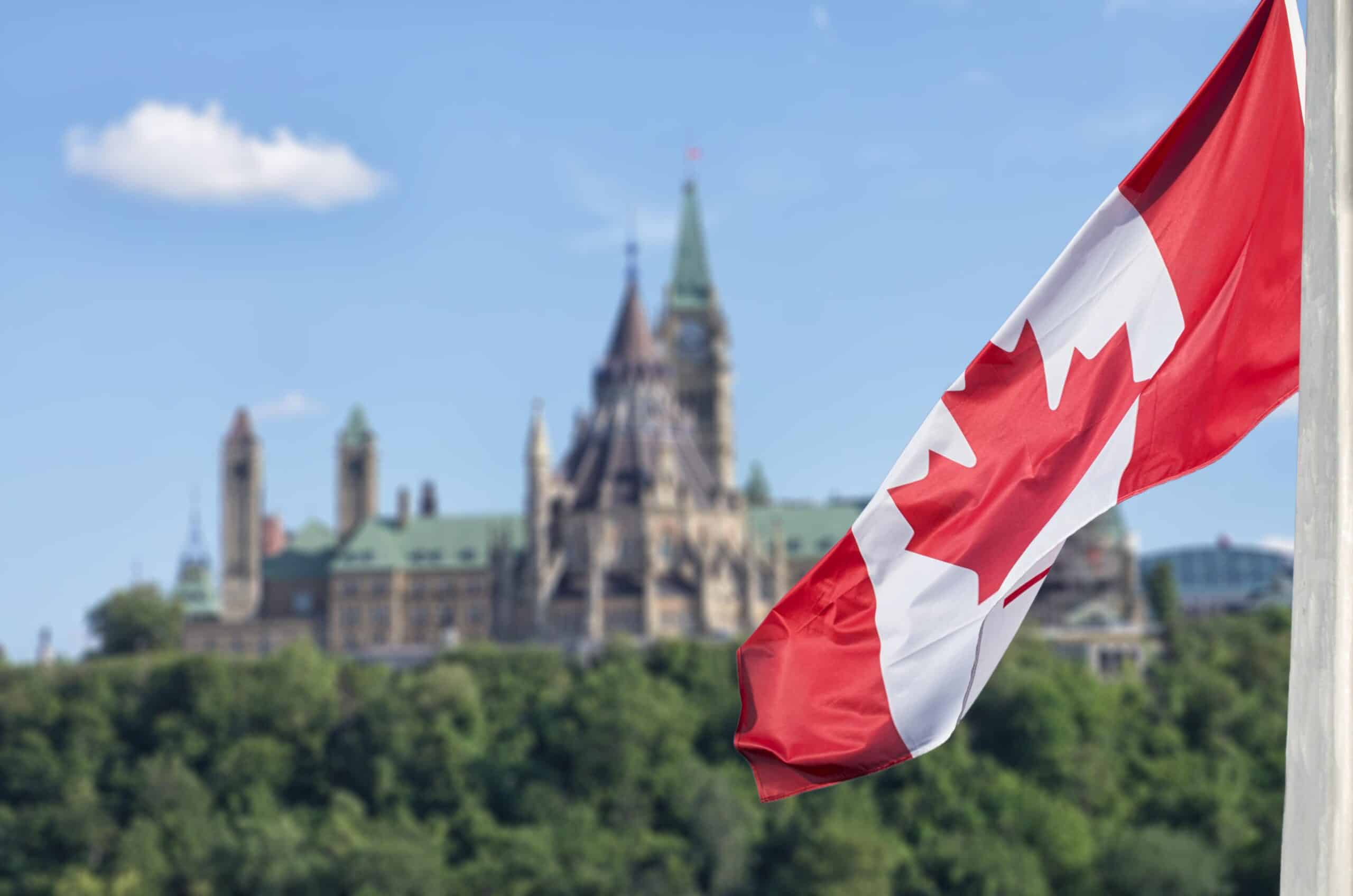
At 11th on the GPI, Canada is the last of the world’s nations holding a “very peaceful” rating. Like Australia and New Zealand, Canada has a proud military history and stood beside Britain during both World Wars. Canadian soldiers fought with distinction at Vimy Ridge (1917) and at Normandy (1944). While Canada was a founding member of NATO and closely aligned with the United States in the Cold War, it has steered a more peaceful path in recent years.
Canada doesn’t meet the 2% spending target for NATO members and doesn’t have any serious plans to do so. Thanks to a favorable geographic position, a powerful but friendly neighbor, and an emphasis on diplomacy, Canada will likely remain a “very peaceful” nation for years to come.
10 – Malaysia

Malaysia endured a difficult period after World War Two. The Malayan Emergency (1948-60) was a lengthy guerilla war fought against an insurgency by the Malaysian Communist Party. It was a rare example of a successful counter-insurgency operation during the Cold War. Malaysia gained full independence from Britain in 1957. A second phase of the Malayan Emergency began in 1968 and finally ended in 1989 with the Hat Yai Peace Accord.
While Malaysia has endured recent political crises, the country rose two places on the GPI thanks to low militarism, no major ongoing conflicts, and few violent demonstrations.
9 – Slovenia
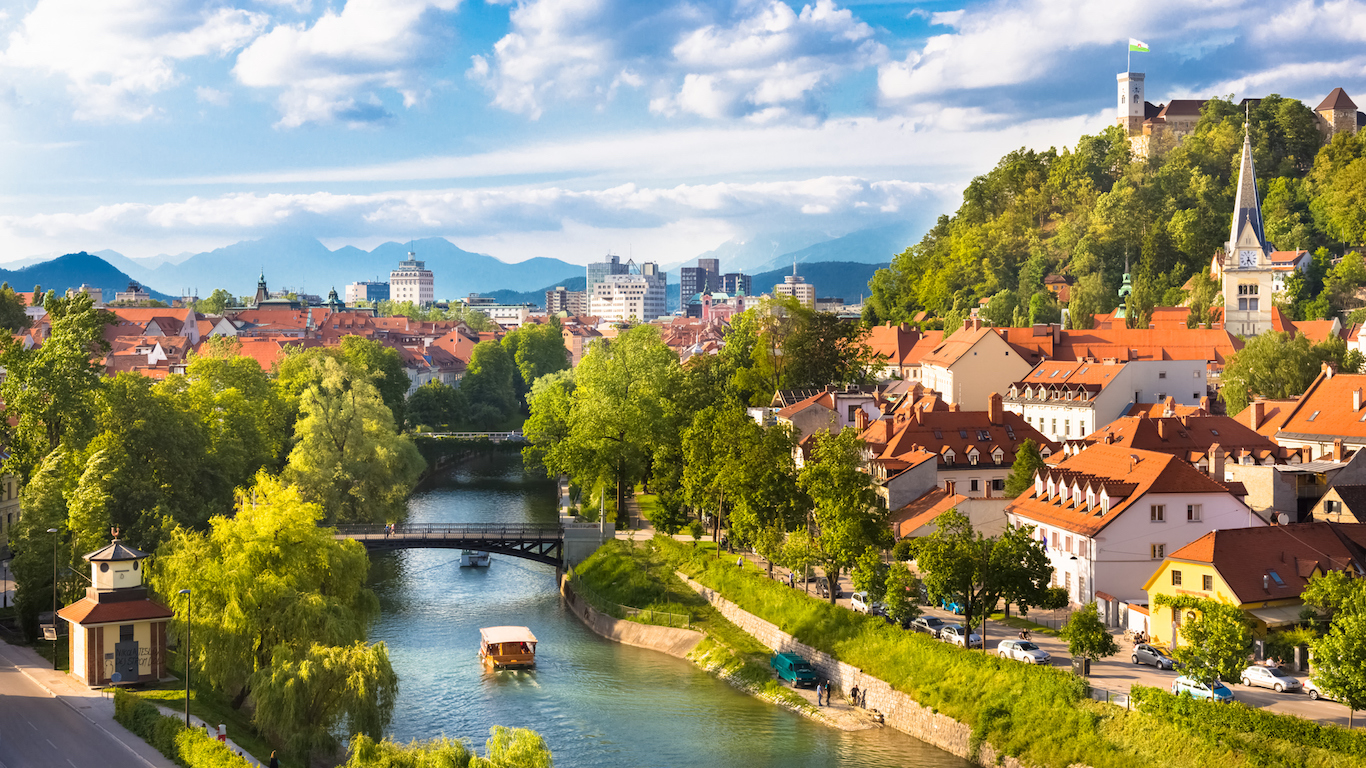
Slovenia last fought a war in 1991 when it broke away from Yugoslavia. The conflict was mercifully brief (just 10 days) and had very few casualties. The subsequent Yugoslav Wars were far worse. The victory confirmed Slovenia’s independence and widespread international recognition soon followed.
Despite such a troubled history, Slovenia scores highly on the GPI for its relations with its neighbors, low level of displaced peoples, and lack of combat deaths. Slovenia joined the European Union and NATO in 2004 though it is well short of the defense spending goal and doesn’t appear to have any serious plans to meet that target.
8 – Denmark
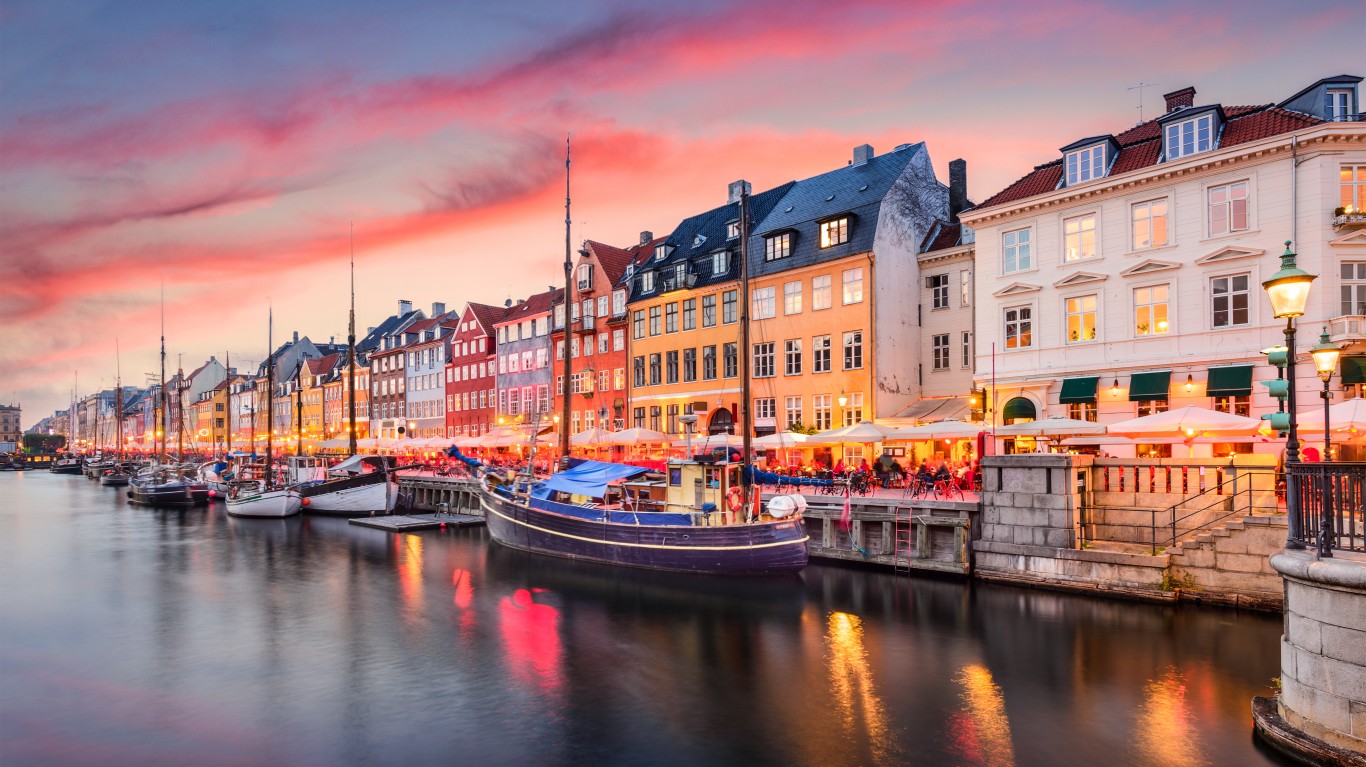
Denmark slipped three places in this year’s GPI thanks to a surge in military spending. After enduring Nazi occupation in World War Two, Denmark sought greater security in the postwar area. Copenhagen was a founding member of NATO in 1949 and joined the European Economic Community (now the EU) with Britain in 1973.
Denmark scores most highly on the GPI for societal safety and security where it ranks 6th thanks to an exceptionally low violent crime rate.
7 – Portugal
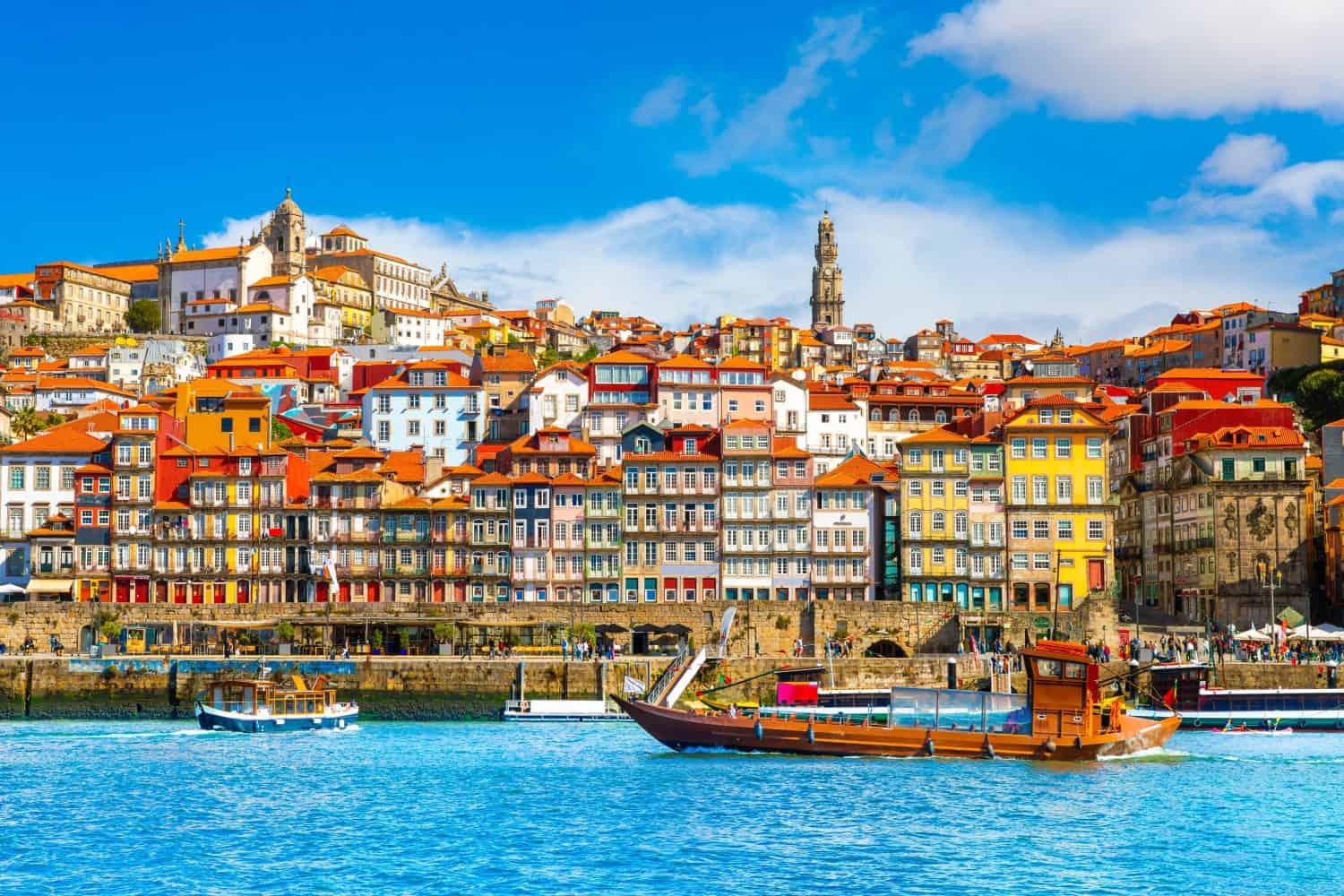
Portugal’s 14th-century alliance with England is technically still active as both are now part of NATO. Lisbon joined World War One in 1916 but did not actively fight in World War Two though it renounced its neutrality in 1944 in favor of the Allies. Portugal resisted decolonization until the 1970s and its government was toppled in a military coup in 1974. After years of high turnover at the top, Portugal elected a civilian president in 1986.
Since then, Lisbon has enjoyed a relatively stable and demilitarized political scene at home while strengthening diplomatic ties abroad. As a member of NATO, Portugal is one of the few members still short of the 2% defense spending goal. However, there are plans to meet that spending target meaning Portugal may drop another place or two in next year’s GPI.
6 – Switzerland
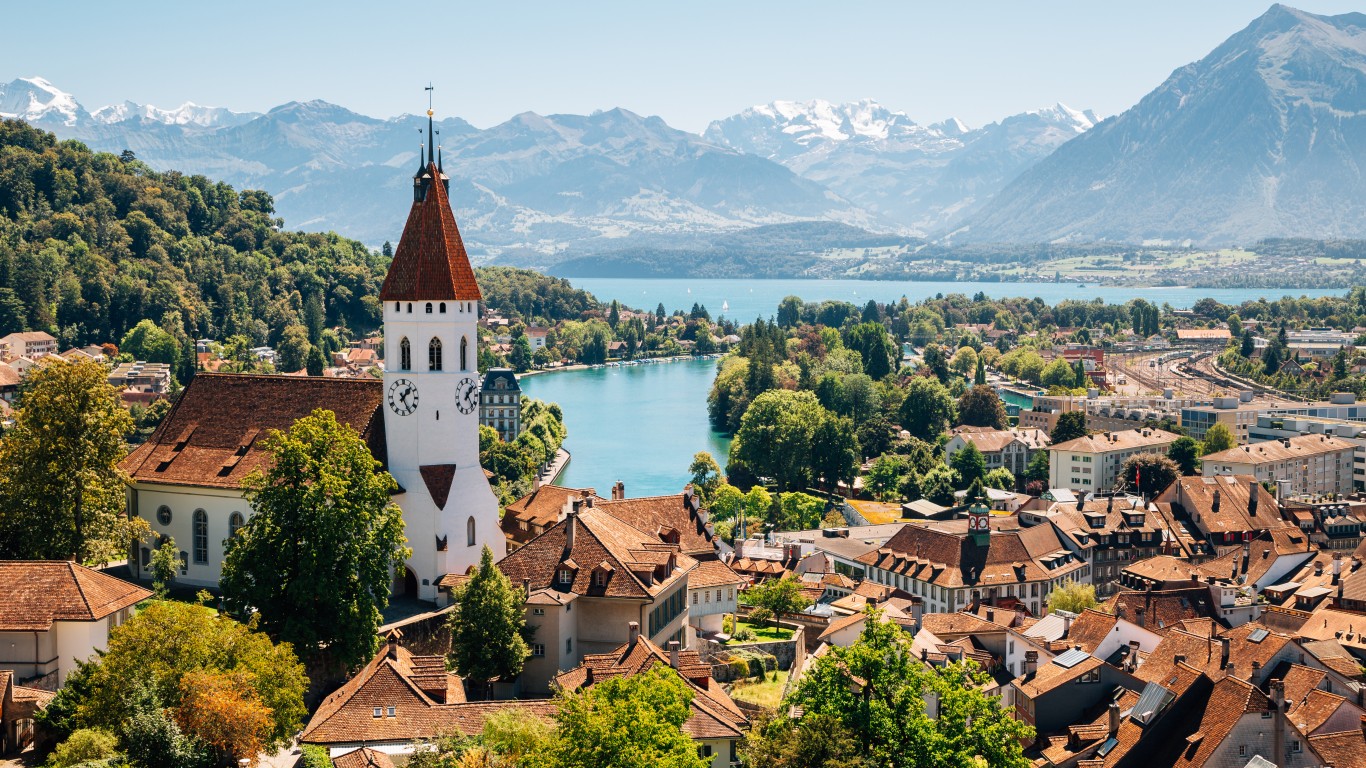
Switzerland was last at war in 1815 as part of the Seventh Coalition that toppled Napoleon. However, that campaign was over before Swiss troops ever saw action. Switzerland’s last battle was in the 16th century, a losing effort against the French in 1515. With more than five centuries since it last fought a major battle, it’s little wonder that Switzerland is practically a byword for neutrality today.
The Swiss took no part in either World War but they did mobilize their armed forces in 1914 and 1939. Germany did have a plan to invade in 1940 but it was deemed too costly to carry out. For their part, the Swiss were prepared to fight to the end. Neutrality does not necessarily mean pacifism. In the Cold War, Switzerland maintained its neutral status, joining neither NATO nor the Warsaw Pact. Switzerland often acts as a mediator in global affairs. It hosted the Geneva Conventions which have established the basis for international law.
5 – Singapore

Despite its lofty position on the GPI, Singapore spends a high proportion of its GDP on defense at around 3%. Singapore focuses on high-quality procurement to have a strong deterrent while maintaining regional stability. As a co-founder of the Association of Southeast Asian Nations (ASEAN), Singapore punches well above its weight economically. Because trade is such a vital part of its strong economy, Singapore tries to maintain a delicate balancing act in its foreign policy. Singapore retains ties with Britain as part of the Commonwealth and warm relations with the United States and China.
4 – New Zealand
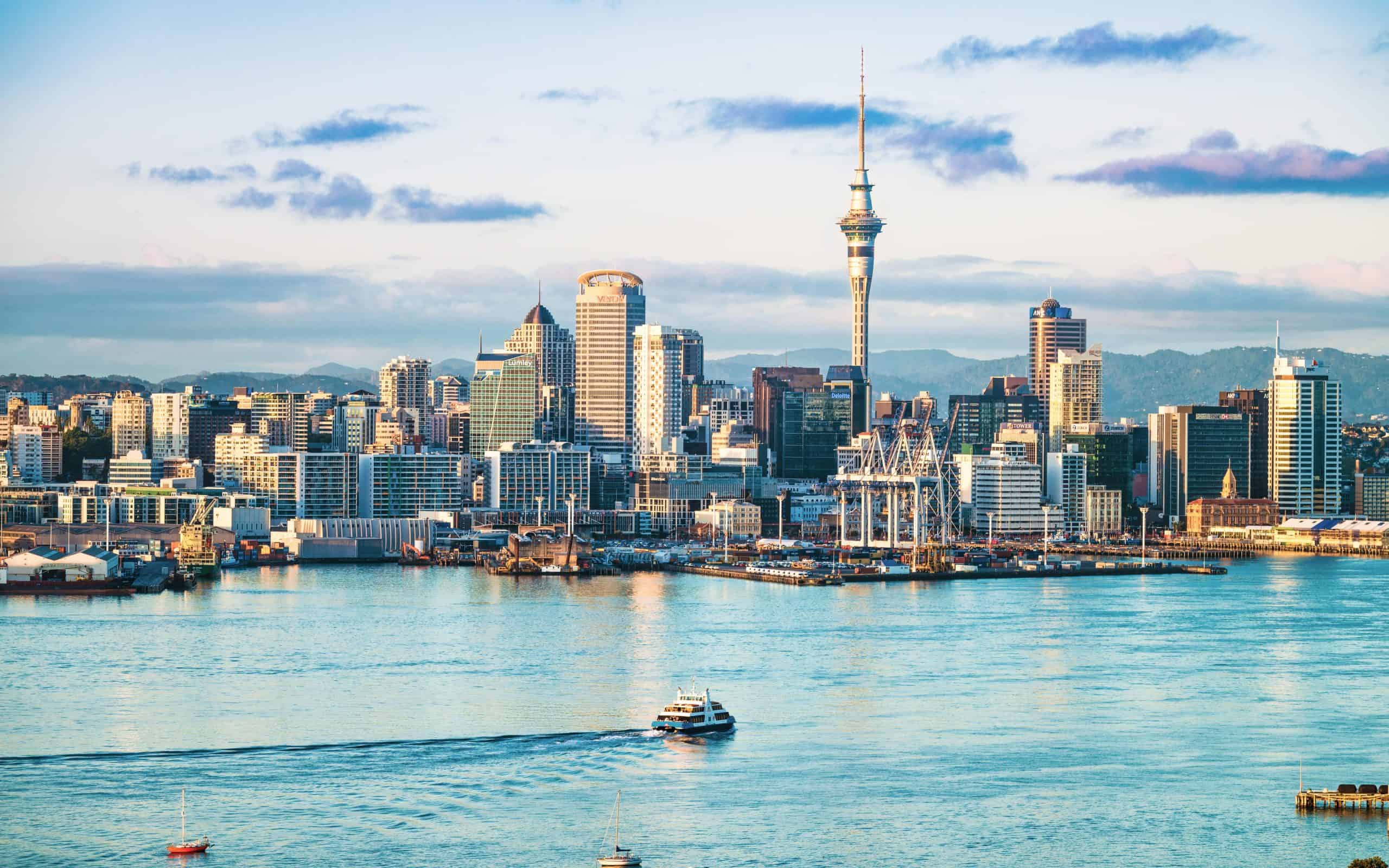
New Zealand immediately joined both World Wars to support Britain and served with distinction in both conflicts. After Poland, New Zealand provided the most non-British pilots for the Royal Air Force during the pivotal Battle of Britain. After World War Two, New Zealand joined a trilateral security agreement with the United States and Australia.
However, when New Zealand declared itself a nuclear-free zone, the United States suspended its obligations towards Wellington in 1986. According to the 1987 act, nuclear-powered and armed vessels are strictly prohibited from New Zealand’s ports and territorial waters. Between 1999-2012, New Zealand deployed some 7000 troops to help stabilize East Timor as part of a multinational effort led by Australia.
3 – Austria
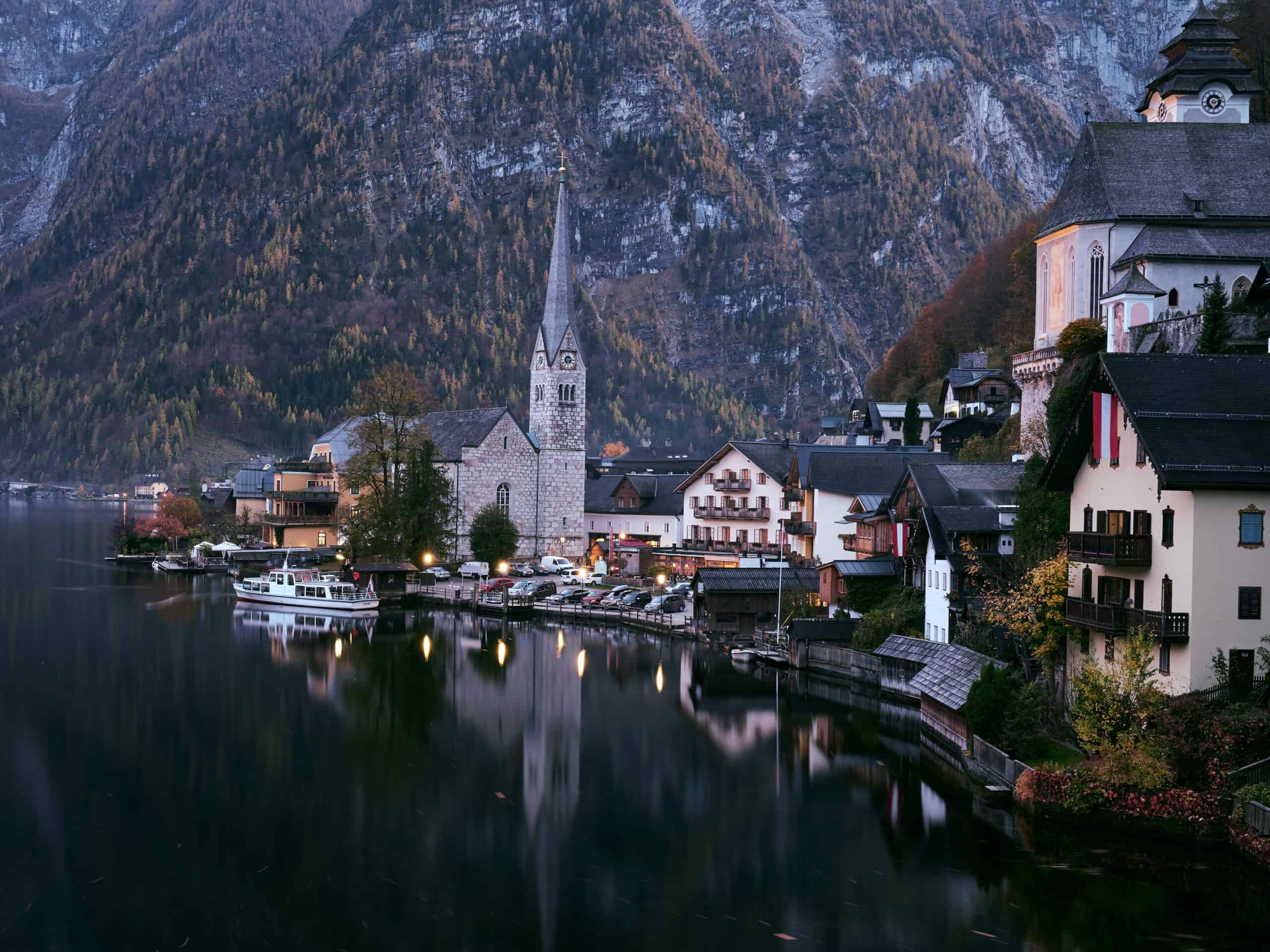
With such a troubled history in the 20th century, it probably shouldn’t be too surprising that Vienna so firmly rejects militarism today. Austria-Hungary was the driving force behind the outbreak of World War One and was the birthplace of the man who instigated World War Two. After the Second World War, Austria was occupied by Britain, France, the Soviet Union, and the United States for ten years. In 1955, Austria declared its neutrality and though Vienna joined the UN in December, it refrained from membership of either NATO or the Warsaw Pact.
It wasn’t until after the fall of the Soviet Union that Austria elected to join the European Union. Austria maintains a small military but has taken part in over 50 peacekeeping missions with the United Nations.
2 – Ireland
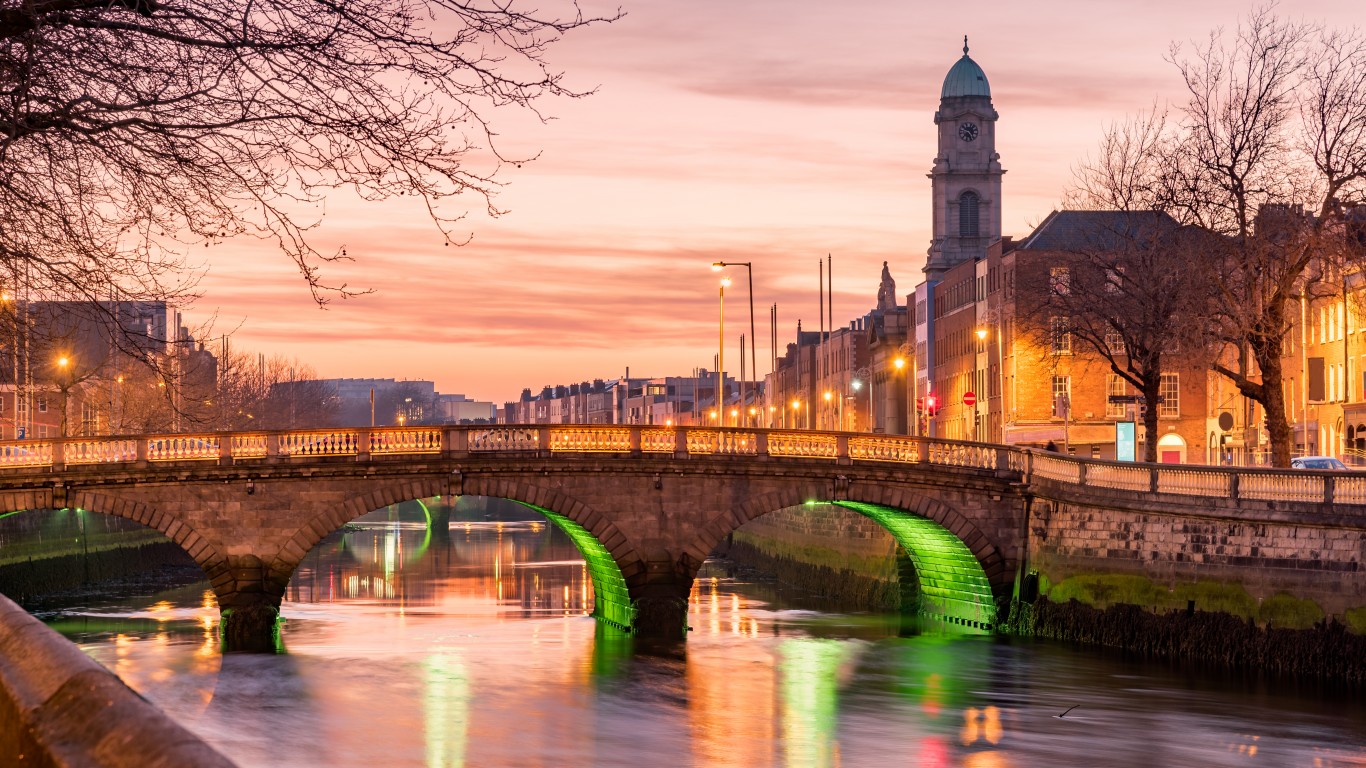
Since the Good Friday Agreement ended The Troubles in 1998, Ireland hasn’t actively participated in any major conflict. Irish troops are deployed as peacekeepers in various United Nations missions worldwide. Because Ireland stayed neutral in World War Two, the Soviet Union blocked its entry into the UN until 1955.
Ireland has pursued neutrality for over 80 years, actively avoiding alliances and direct involvement in conflicts. Unlike most members of the European Union, Ireland is not a member of NATO though it does have some limited cooperation with the alliance. Ireland maintains a small army with a limited budget. Irish defense spending reached a record high in 2024 but €1.5 billion by 2028 is well less than 0.5% of GDP.
1 – Iceland
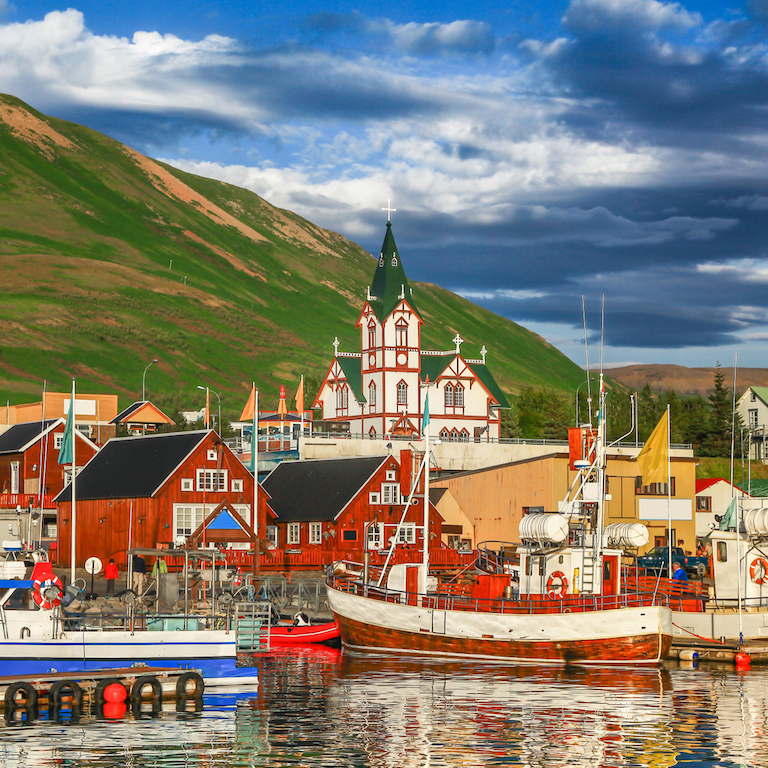
Iceland occupies the top spot on the GPI and always has been since the first study was conducted 18 years ago. Though Iceland is a founding member of NATO, it has no armed forces and doesn’t actively participate in any conflicts beyond providing humanitarian assistance.
Iceland has long championed the causes of pacifism and equality yet it played an unwittingly important role for the Allies in World War Two. It was occupied by the Allies and used as a staging area during the long campaign against German submarines. Iceland chose to align with NATO during the Cold War though the decision was controversial. Since World War Two, the closest Iceland has come to war was a trio of disputes with Britain over fishing rights.
The third and last of the so-called Cod Wars ended in 1976 with no fatalities, only minor property damage, and bruised British egos.
Conclusion
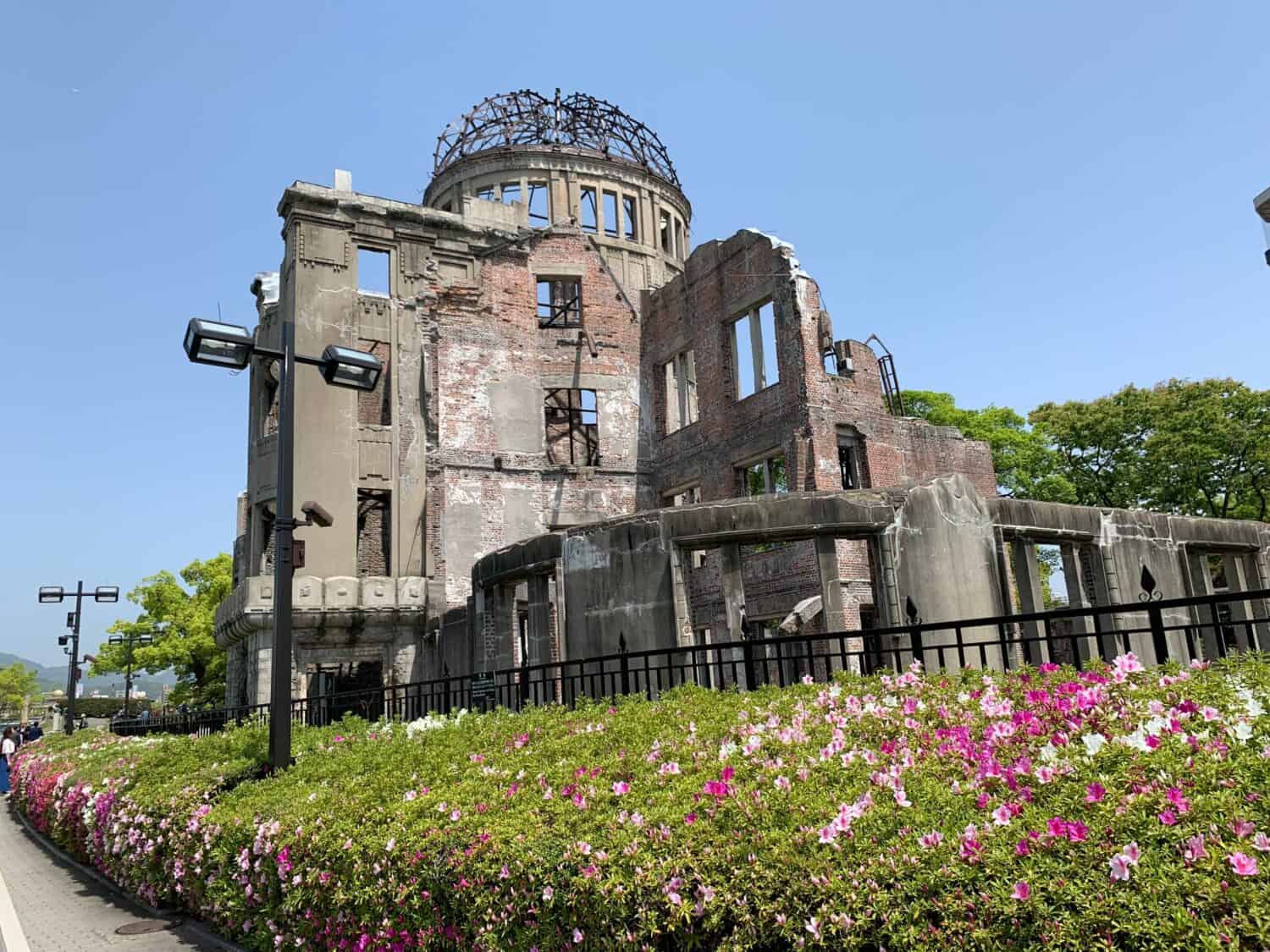
Most of the nations featured in this article are in Europe. While some, like Iceland and Switzerland, have a long and proven track record of maintaining peaceful relations with other states others have far more troubled pasts. Austria’s postwar neutrality came after horrific but ultimately self-inflicted experiences in both World Wars. Generally, it seems central European and Scandinavian countries are most predisposed to peace in the 21st century. Of course, with Sweden and Finland’s recent ascensions, every Scandinavian country is now a member of NATO but membership of the world’s most powerful alliance does not preclude a high ranking on the Global Peace Index.
Though the United Kingdom is nowhere to be found here, Commonwealth countries are well-represented. Canada and New Zealand fought gallantly in World War Two but have steered a more diplomatic course in the 21st century. Singapore and Malaysia have also adopted a peaceful path since gaining independence from Britain. As former Yugoslav Republics, Slovenia and Croatia both fought wars to gain independence in the 1990s but have stayed out of major wars since.
There are no African, South American, or Middle Eastern countries at the top of the Global Peace Index but as this article has shown, the past doesn’t dictate the future. A more peaceful tomorrow is still possible.
It’s Your Money, Your Future—Own It (sponsor)
Retirement can be daunting, but it doesn’t need to be.
Imagine having an expert in your corner to help you with your financial goals. Someone to help you determine if you’re ahead, behind, or right on track. With SmartAsset, that’s not just a dream—it’s reality. This free tool connects you with pre-screened financial advisors who work in your best interests. It’s quick, it’s easy, so take the leap today and start planning smarter!
Don’t waste another minute; get started right here and help your retirement dreams become a retirement reality.
Thank you for reading! Have some feedback for us?
Contact the 24/7 Wall St. editorial team.



